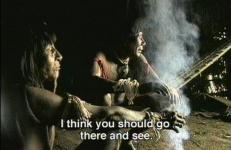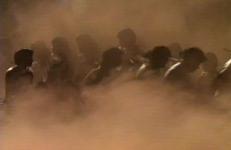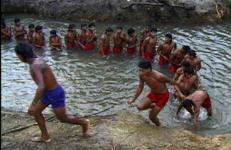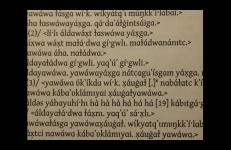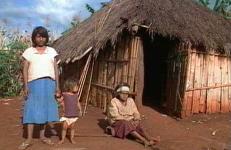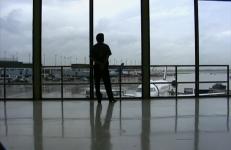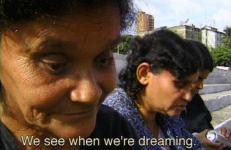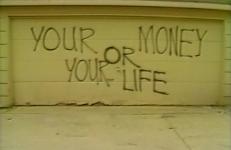Video in the Villages presents its recent progress, its indigenous workshops for training and production. Founded in 1987, the project began with the introduction of video to indigenous communities that produced documentaries for their own purposes. In 1995, the opening of a space on educational TV in Cuiabá led to “Indigenous Program.” Since 1997, Video in the Villages has invested in the formation of the first generation of indigenous documentary filmmakers through national and regional workshops.
Directed by Mari Corrêa and Vincent Carelli; edited by Mari Corrêa.




